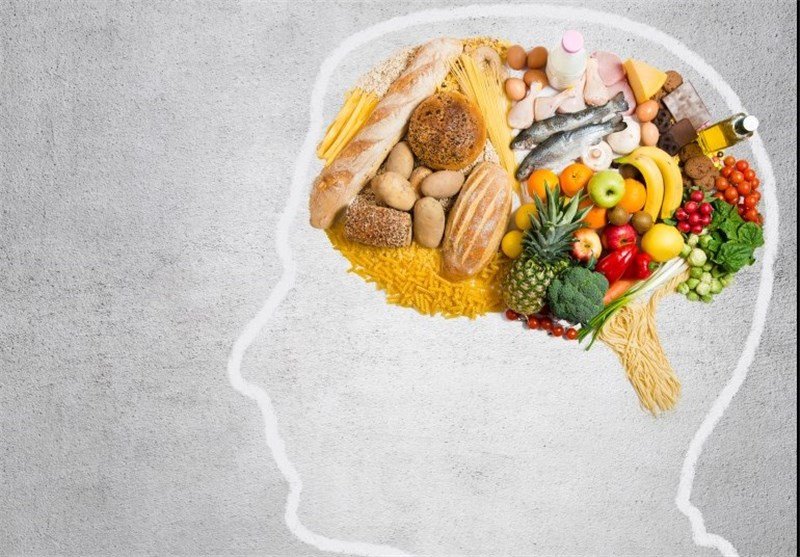
Controlling Your Appetite
Are you feeling hungry?
The question “am I hungry” is as good a place to start on this topic as any. When it comes to understanding whether you are really hungry or not it is a case of tuning into to your body more than you may already be doing. By doing this you can decide whether your body has a physiological need for food or a psychological need. It requires you to make a differentiation between Stomach Hunger and Mouth Hunger. The table below should help you with this task:
| STOMACH HUNGER | MOUTH HUNGER |
| Comes on gradually and can be postponed | Comes on suddenly and feels urgent |
| Can be satisfied with any type of food | Causes specific cravings – chocolate, crisps |
| Once you’re satisfied you can stop eating | Eat more than you normally would |
| Causes satisfaction. Doesn’t cause guilt. | Can leave you feeling guilty/annoyed with yourself. |
I am sure we have all felt both types of hunger. However, eating mostly when you are stomach hungry is far preferable to eating when you are simply mouth hungry.
Exercise Before Meals
There are numerous studies that show how appetite hormones are suppressed by exercise. In fact, exercise has been shown to reduce the production of grehlin which is also known as our “hunger hormone”. If grehlin production is lower then you are less likely to be hungry. Of course, exercising when your blood glucose levels are too low is not advisable so managing your blood glucose levels well is important and we will talk about that below. However, for most people it is possible to enjoy exercise right before meals as long as you’re not ravenous when you start.
Think Thirst First
Research shows that we often confuse thirst and hunger. It’s easily done and I am sure many of us have at times made this mistake. The obvious choice of drink would be water. This has been proven to reduce hunger but by serving the need of meeting your hydration needs you can be sure that you are not confusing the two i.e. thirst with hunger. There is also some evidence to suggest that freshly chopped or grated ginger steeped in water goes even further in actually suppressing your appetite. Again, studies show that other forms of liquid such as soup to start a meal can help in limiting the amount consumed during the meal.
Get The Nutrient Balance Right
Getting hungry soon after meals may be a sign that the meals you are eating are not nutritionally balanced. Rather like a meal too high in refined carbohydrates such as white pasta, white bread and chips can leave you feeling low in blood glucose soon after eating, a meal without sufficient micronutrients may leave you craving more food. This serves the purpose of your body simply trying to make up for a lack of vitamins, minerals, fats and antioxidants consumed during mealtimes. If you get cravings between meals take a look at the nutrient balance of the meals you are eating. If you feel they may be lacking and of course if they’re made up of predominantly fast-releasing carbohydrates such as white bread, bagels, rice or pasta then try and put into your meals a little more planning for more varied ingredients and components.
Find Ways To Manage Stress
Stress can cause your appetite to change by causing a sharp rise in blood glucose levels. Stress also causes stress hormones to be produced which can cause fluctuations in blood sugar and cravings both for sweet foods and salty foods too. Whilst stress itself can be a cause of blood sugar fluctuations so too can eating the sorts of foods such as sugary cakes, biscuits and chocolate. Trying to reduce the amount of processed snack foods in your diet you can also take back some control where stress and its interaction with the body is concerned.
Furthermore, it stands to reason that finding suitable stress management methods such as breathing techniques, a distracting hobby or reading can help.
Eat Mindfully
Many of us rush our food and our meals are gulped down with air, not chewed properly and most likely not enjoyed particularly either. The benefits of mindful eating include:
Helps control blood sugar
More variety
Helps reduce cravings
Stop when full
Stops hedonic eating (eating for pleasure to produce feel-good chemicals in the brain)
There are many mindful eating techniques to use but The Mindful Eating Clinic suggests that you:
Sit Down – make a proper meal of eating by avoiding distractions like the TV and phones. Try not to eat on the go.
Slowly Chew – chew properly to slow down your eating so that you have a chance to feel satisfied by the food you’re eating.
Savour The Flavour – enjoy each mouthful, the flavours, smells and textures as much as possible.
Simplify Your Meals – make it easy for yourself. Keep cooking simple and have nutritious and tasty ingredients to hand.
Smile – a smile and a breath between each mouthful can slow you down effectively.
Try Not To Over- or Under-eat

This hunger pendulum is a great tool for training yourself to get in tune with how much you eat relative to your body’s ability to handle that volume. Many of us over eat and a few under eat at meal times. In an ideal world we’d rarely feel at -5, -4, +4 or +5. We want our levels of hunger and satisfaction to fall between -3 and +3. Try using this pendulum at every meal for a week and try to ensure you stay within the -3 – +3 range. See how this helps your appetite control.
